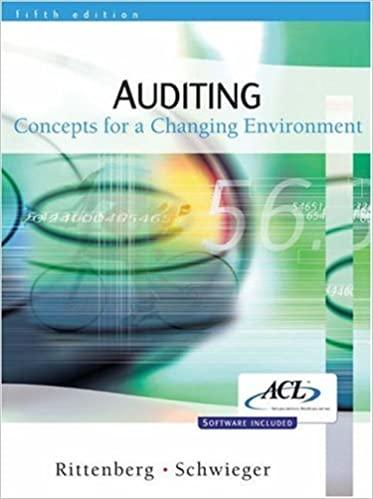Answered step by step
Verified Expert Solution
Question
1 Approved Answer
. Sale and Leaseback The basis of a sale and leaseback agreement is simply that one sells an asset for cash and then leases it

. Sale and Leaseback The basis of a sale and leaseback agreement is simply that one sells an asset for cash and then leases it back from the buyer. The asset subject to such sale and leaseback agreement is generally property. Under such an agreement the property owner agrees to sell the property at an agreed valuation and lease it back from the buyer. The lessee or seller receives cash immediately and makes periodic payment in form of lease rents for right to use the property The lease payments and the sale price are generally interdependent as they are negotiated as a package. The accounting treatment of a sale and lease back depends upon the type of lease involved. Accounting treatment of profits/losses on sale of asset, as required by the standard in respect of sale and lease-back transactions, are summarised below. Where sale and leaseback results in finance lease The excess or deficiency of sales proceeds over the carrying amount should be deferred and amortised over the lease term in proportion to the depreciation of the leased asset. Where sale and leaseback results in operating lease If the fair value at the time of a sale and leaseback transaction is less than the carrying amount of the asset, a loss equal to the amount of the difference between the carrying amount and fair value should be recognised immediately. (Paragraph 52) After recognition of loss if any, under paragraph 52, the profit/loss on sale of the asset should be treated in the manner required by paragraph 50. The requirements of paragraph 50 are summarized below: Case 1: Sale price - Fair Value Profit or loss should be recognised immediately. . 011 Case 2: Sale Price Fair Value The excess over fair value should be deferred and amortised over the period for which the asset is expected to be used. Illustration 24 A Ltd. sold machinery having WDV of 40 lakhs to B Ltd. for 750 lakhs and the same machinery was leased back by B Ltd. to A Ltd. The lease back is operating lease. Comment if (a) Sale price of 50 lakhs is equal to fair value. (b) Fair value is 60 lakhs. (c) Fair value is 45 lakhs and sale price is 38 lakhs. (d) Fair value is 40 lakhs and sale price is 150 lakhs. (e) Fair value is 46 lakhs and sale price is 50 lakhs (0 Fair value is 735 lakhs and sale price is 39 lakhs
Step by Step Solution
There are 3 Steps involved in it
Step: 1

Get Instant Access to Expert-Tailored Solutions
See step-by-step solutions with expert insights and AI powered tools for academic success
Step: 2

Step: 3

Ace Your Homework with AI
Get the answers you need in no time with our AI-driven, step-by-step assistance
Get Started


